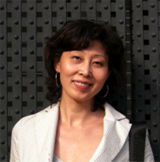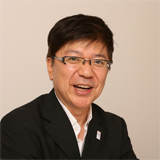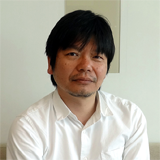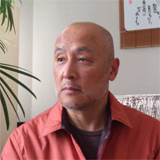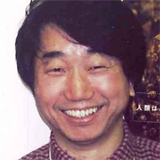Traditionally, the uniqueness of Japanese animation was founded on its homegrown production processes and self-contained human resource system. A project was rarely planned or produced with the global market in mind. It is only by luck that some of the offspring have been welcomed by the world when in fact it was made exclusively for the Japanese audience.
But now, faced with ever-accelerating advancement of globalization and digital technology, Japanese animation needs to seek new paths. The stagnant Japanese economy and declined birth rate are also urging for adjustments to be made in the Japanese animation system. The Department of Animation at Tokyo University of the Arts Graduate School of Film and New Media has embarked upon this mission of finding a future for Japanese animation with the contemporary world in its sight.
In 2008, Tokyo University of the Arts (better known as “Geidai” in Japan) became the first national university in Japan to establish a department specializing in animation education and research within its graduate school, the purpose of which to cultivate creative talent that can lead the animation universe. Since then, the department has earned international praise by bringing forth exceptional creators and winning multiple awards in animation film festivals all over the world.
In addition, this past year, Geidai has been recognized by the Japanese government as one of Japan’s “super-global” universities in its Top Global University Project. This project aims to increase the international competitiveness of Japanese higher education and Geidai was chosen as one of 24 “super-global” schools to become model institutions in leading the globalization of Japanese society.
Geidai’s Department of Animation is no exception in realizing the importance of broadening horizons and building strong universal connections in the animation field. It is reinforcing ties with the world’s top-class visual communication schools to nurture global talent who aspire to go beyond the boundaries, creatively and nationally.
In this symposium, we will explore the idea of being “super-global” in the realm of animation and attempt to examine animation from a “super-global” perspective. Born and raised secluded from the outside world, is it even possible for Japanimation to become global, let alone “super-global”?
In Part One, guests from animation-related educational institutions in South Korea, China, France, United States and Canada will introduce their programs and share their experiences in cultivating global content artists through academia, industry and government collaboration.
Part Two will focus on the issues that arise when seeking to roll out Japanese animation overseas and the involvement expected of an academic institution in this task.
Our goal is to look ahead to the 22nd century and seek what can be done for animation in the next 100 years by the joint efforts of academia, government and commercial industry. We hope our findings will lead not only to the prosperity of Japanese animation but to the entire animation culture.
*Doraemon was employed in the title because he is Japan’s national hero gone international. A cat-like robot from the 22nd century, Doraemon was first introduced in a manga by Fujiko Fujio in 1969 which then became a hit TV animation series for 35 years and still running. The series recently began airing in the United States and 3D feature films are being released in Japan. Doraemon’s versatility to changing times and his global expansion are both attracting strong interest domestically and internationally.





